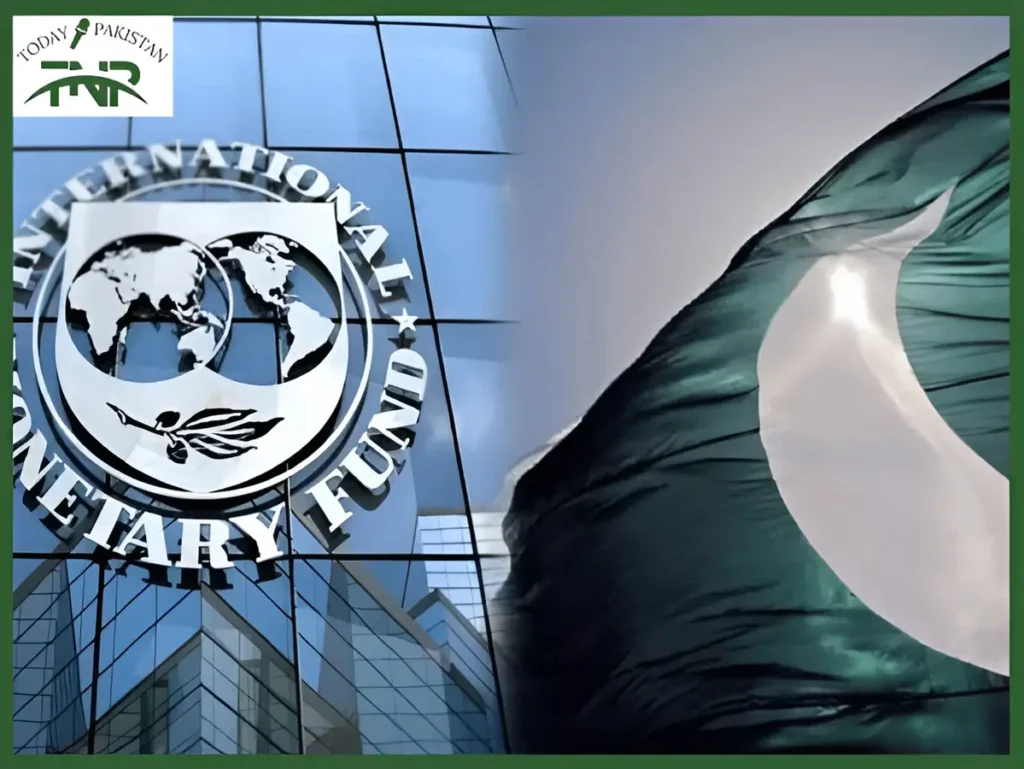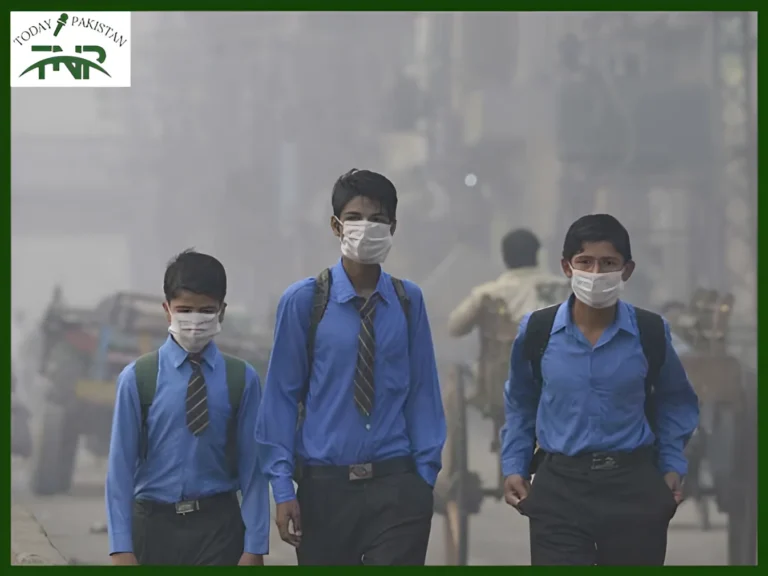
Pakistan’s financial struggles were a growing difficulty for lots of citizens, companies, and policymakers. With rising inflation, an excessive debt burden, and confined overseas reserves, the financial system has been beneath intense stress. However, a primary breakthrough has come as the International Monetary Fund (IMF) authorized a far-wanted $7 billion bailout. This decision gives a lifeline to Pakistan, but what does it imply for the future? Will this bailout be sufficient to resolve the deep-rooted problems, or is it just a temporary restore?
A Lifeline Amid Economic Challenges
On Wednesday, the IMF’s Executive Board approved a 37-month Extended Fund Facility (EFF) program for Pakistan, amounting to about $7 billion. This move follows the workforce-level agreement reached earlier in July among the Pakistani government and the IMF. The first instant disbursement of approximately $1 billion will provide a few quick-term alleviation for Pakistan’s dwindling reserves and monetary deficits.
The IMF made it clear that this program calls for Pakistan to enforce crucial reforms and hold strict guidelines to restore macroeconomic stability. These measures are important for not only stabilizing the present day state of affairs but additionally fostering sustainable and inclusive economic increase.
Economic Reforms: The Road to Stability
Pakistan’s financial system has confronted numerous challenges in recent years, together with low increase costs, excessive inflation, and a ballooning debt. Under the new IMF settlement, the country is predicted to adopt several key reforms, mainly in tax collection, governance, and structural monetary policies.
The bailout package emphasizes Pakistan’s want for stronger macroeconomic rules to cope with its deep structural challenges. The IMF has known as for reforms in numerous sectors, consisting of:
- Tax Reforms: Pakistan’s narrow tax base remains a substantial hurdle. The IMF stresses the importance of broadening the tax base to make certain fiscal sustainability and offer enough resources for social and development programs. The present day low degrees of tax revenue limit the government’s capability to put money into critical sectors like education and healthcare.
Read More Blogs:-
IMF Bailout for Pakistan May Be Delayed Due to Financing Gap
Cabinet Directs Increased Exports Through Gwadar Port
- Public Sector Reforms: A key consciousness of the program is reforming State-Owned Enterprises (SOEs) to enhance performance and decrease losses. Pakistan’s energy sector, for example, has long been plagued by inefficiencies and economic losses, growing an unsustainable burden on the national budget.
- Climate Resilience: Pakistan remains relatively vulnerable to the effects of weather change. The IMF has protected weather resilience in its package, emphasizing the need for infrastructure investments that may help the country better prepare for future environmentally demanding situations.
Progress Made Under Previous Programs
Pakistan has already made a few strides in the direction of monetary stability below the 2023-24 Stand-by Arrangement (SBA). Economic growth has barely rebounded to 2.4%, supported by and large by using interest in agriculture. Inflation, which became a big concern in advance, has additionally started out to fall, attaining single digits because of the government’s tight fiscal and economic regulations.
The current account deficit is under management, and foreign exchange market conditions have stabilized. This has allowed Pakistan to rebuild its reserve buffers, supplying some breathing room for the economic system. Additionally, the State Bank of Pakistan has been capable of lessening its coverage fee by using 450 basis factors on the grounds that June, reflecting the advanced domestic and outside conditions.
Long Road Ahead: Structural Challenges Remain
Despite these improvements, Pakistan faces a protracted avenue beforehand. The IMF has warned that without a concerted attempt to address deep-rooted structural problems, the country risks falling further at the back of its peers. A tough enterprise surroundings, vulnerable governance, and a loss of investment retain to preserve again financial growth.
The IMF highlighted key areas where Pakistan remains vulnerable:
- Low Investment Levels: Investment in Pakistan remains significantly lower than in comparable economies. The business environment is often seen as challenging, with high levels of red tape and regulatory hurdles deterring both domestic and foreign investors.
- Social Spending Deficits: Spending on essential services like health and education remains insufficient. As a result, persistent poverty continues to impact a significant portion of the population. Addressing these social gaps is vital for long-term economic growth and stability.
The Future of Pakistan’s Economy
With the new $7 billion bailout, Pakistan has an essential opportunity to stabilize its financial system and make vital reforms. However, the way to recovery will not be easy. The IMF’s help comes with strict situations in order to require Pakistan to make difficult coverage decisions and live dedicated to reform.
For the average Pakistani citizen, the fulfillment of this application ought to suggest an extra solid economic system, lower inflation, and advanced admission to crucial offerings. However, a lot will rely upon the government’s capability to put in force the required reforms and manage the demanding situations ahead.
Conclusion of IMF Loan to Pakistan
In the end, the IMF bailout offers hope, however the real check might be within the execution of guidelines and reforms that can lead to long-time period balance and growth. Pakistan must now recognize rebuilding belief, improving governance, and making sure that economic profits translate into a better quality of life for its people.
Get Curated Post Updates!
Sign up for my newsletter to see new photos, tips, and blog posts.






